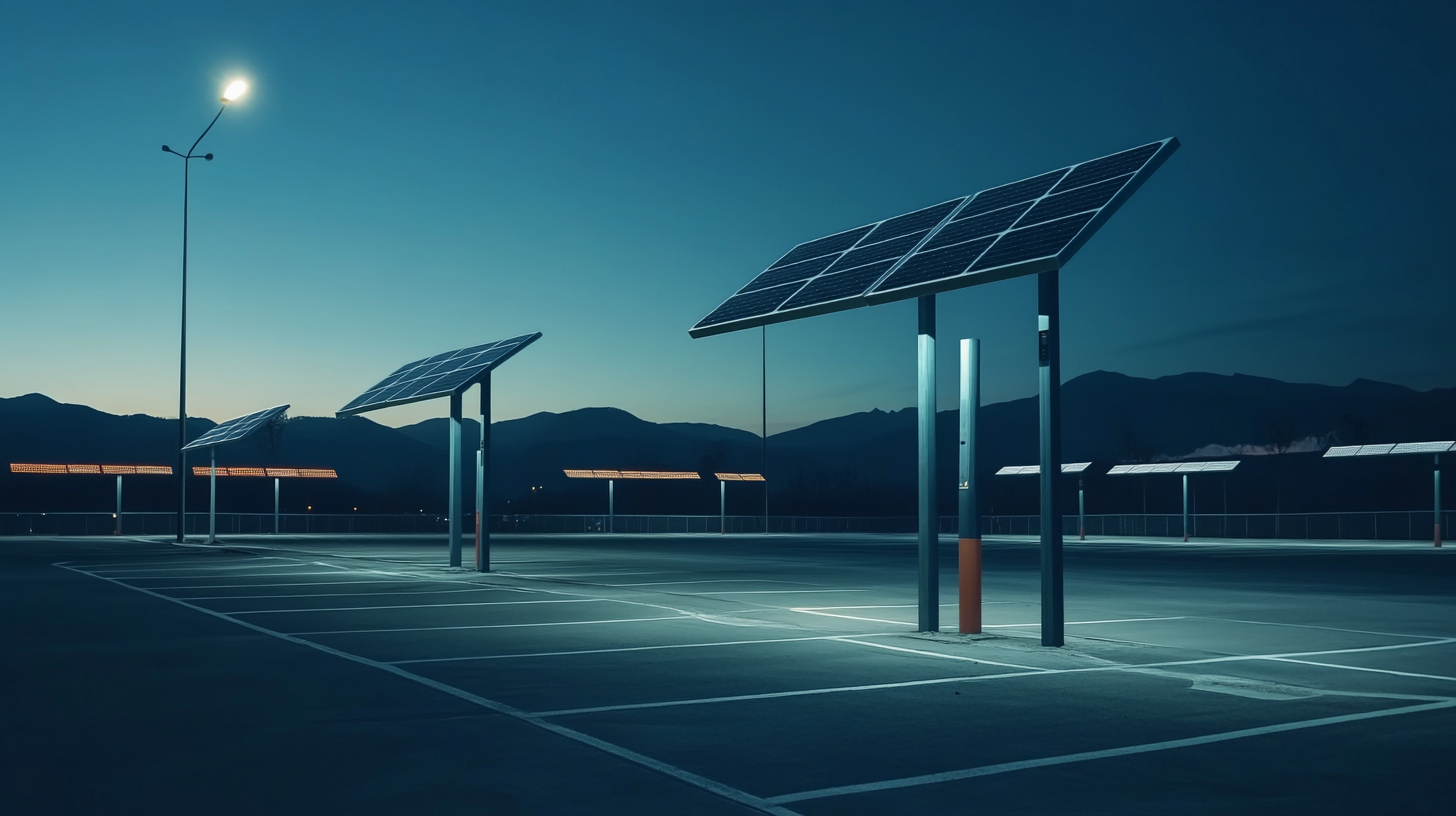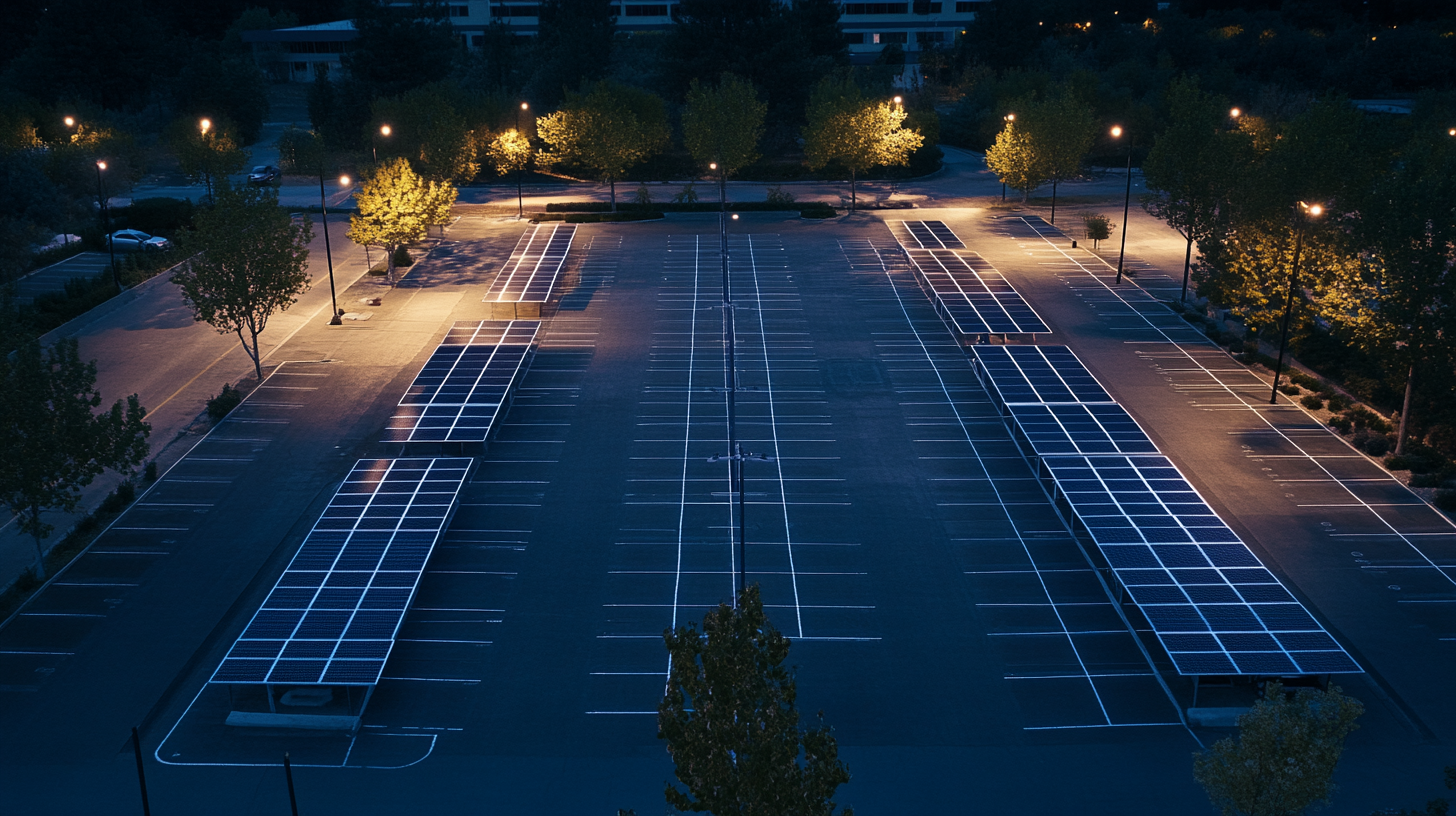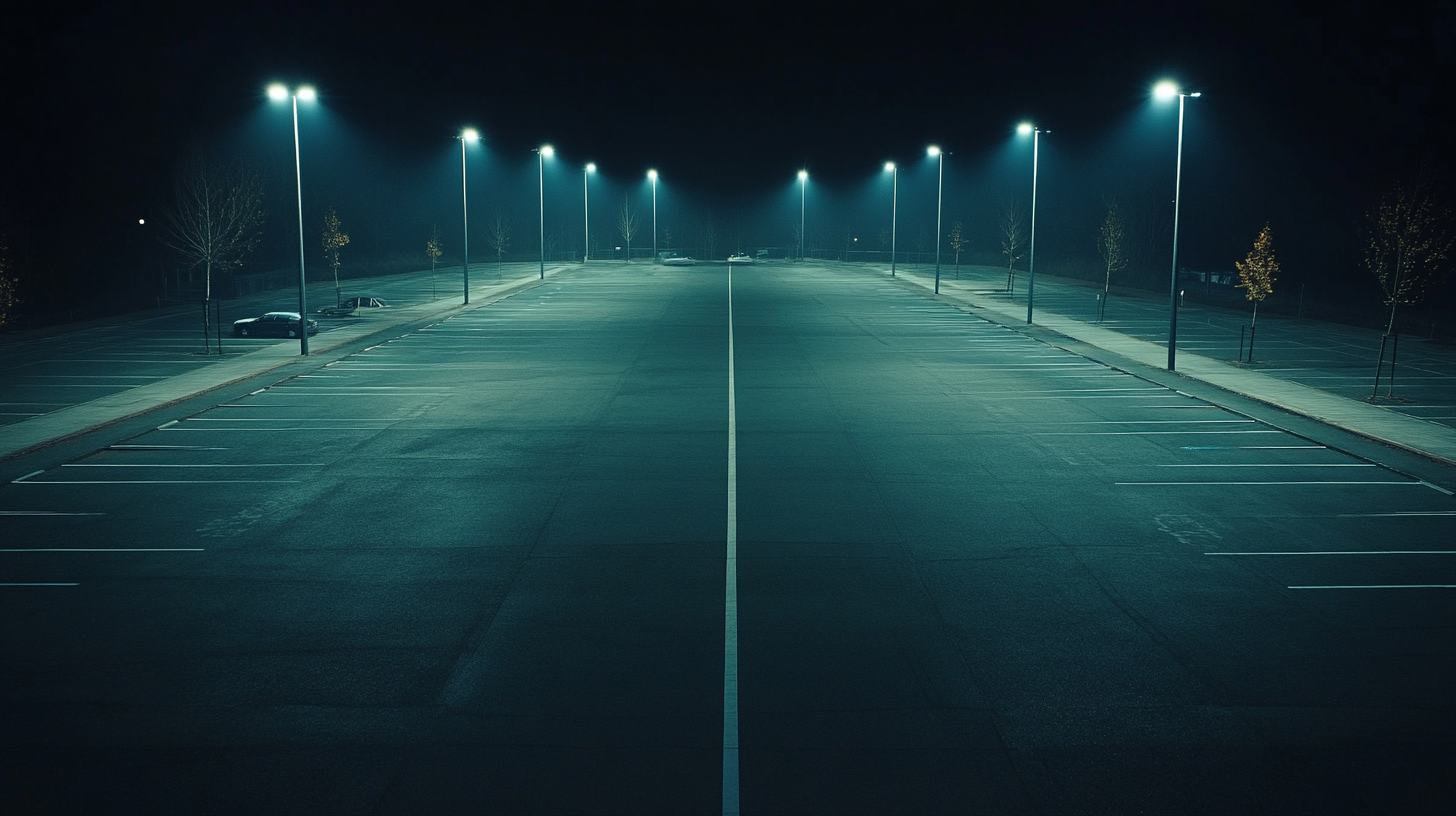Exploring Variations of Solar Parking Lot Lights and Their Ideal Uses for Global Buyers
In recent years, the global shift towards sustainable energy solutions has led to an increased demand for solar parking lot lights. According to a report by Markets and Markets, the solar street lighting market is projected to reach USD 5.0 billion by 2023, with a significant portion attributed to parking lot applications. These innovative lighting systems are not only environmentally friendly but also offer a reduction in energy costs, making them an appealing option for municipalities and private enterprises alike. As urban populations continue to expand, the need for effective and sustainable lighting solutions in public and private parking areas becomes paramount.
The versatility of solar parking lot lights makes them suitable for various settings, from urban centers to rural environments. Research shows that effective outdoor lighting can enhance safety, deter crime, and improve visibility, contributing to more secure parking areas. Furthermore, the ongoing advancements in solar technology, such as improved battery storage and LED efficiency, continue to enhance the performance and reliability of these systems. Understanding the different variations of solar parking lot lights and their optimal applications can empower global buyers to make informed decisions that align with their sustainability goals and budgetary constraints.

Understanding Different Types of Solar Parking Lot Lights and Their Features
Solar parking lot lights have become an essential consideration for urban planners and business owners looking to enhance safety and sustainability. Various types of solar parking lot lights cater to different needs and environments, making it crucial for global buyers to understand their distinct features. One popular option is the solar pole light, which offers significant height and brightness, making it ideal for large parking areas. These lights often come equipped with motion sensors, allowing them to conserve energy during low-traffic times while still providing adequate illumination when needed. Additionally, some models include adjustable brightness settings, enabling users to customize the lighting based on specific requirements or preferences. Another innovative variation is the solar LED floodlight. These lights are particularly useful for smaller spaces or areas that require focused lighting, such as pathways and entryways. Available in various configurations, these floodlights often feature durable construction to withstand harsh weather conditions. Users can choose from models with motion detection capabilities or those with built-in timers for enhanced efficiency. Finally, solar canopy lights are ideal for parking structures or shaded lots. They are designed to be mounted onto the existing infrastructure, ensuring that even under shaded conditions, they can capture adequate sunlight for effective energy storage. These lights provide even illumination, promoting safety and visibility for both vehicles and pedestrians. Understanding these variations empowers global buyers to make informed decisions that align with their specific lighting needs and environmental goals.

Evaluating Energy Efficiency: Benefits of Solar Lights for Parking Areas
As global awareness of sustainable energy sources grows, solar parking lot lights have emerged as a practical solution for illuminating public and commercial spaces. One of the key advantages of these lights is their impressive energy efficiency. By utilizing solar panels to convert sunlight into electricity, these lighting systems reduce reliance on traditional power sources, cutting down on energy costs and decreasing carbon footprints. This not only benefits businesses looking to save on overhead expenses but also aligns with corporate social responsibility goals aimed at environmental stewardship.
Moreover, solar parking lot lights are designed to operate autonomously, featuring integrated motion sensors and LED technology that enhances their efficiency further. When there is no movement detected, the lights can dim or turn off altogether, preserving battery life for when users need them most. This technology is particularly advantageous for locations with fluctuating traffic patterns, as it ensures that energy is used wisely without compromising safety or visibility during peak hours.
Implementing solar lights in parking areas also contributes to improved security. Well-lit environments deter criminal activity and enhance the overall experience for customers and employees alike. By providing reliable illumination that adapts to the surrounding conditions, businesses not only invest in their property but also foster a sense of safety and comfort for everyone who visits. Hence, integrating solar parking lot lights is a forward-thinking choice for any organization aiming to balance functionality, efficiency, and environmental impact.

Ideal Applications: Choosing the Right Solar Light Variations for Different Markets
As the global market for solar lighting continues to evolve, understanding the specific applications for different variations of solar parking lot lights becomes essential for buyers across various regions. These lights not only offer energy savings but also enhance safety and visibility in parking areas, making them a great fit for urban developments, commercial spaces, and even residential settings. Buyers need to consider factors such as light intensity, battery life, and the ability to withstand diverse weather conditions when selecting the ideal solar lighting solutions for their specific needs.
The anticipated growth in the solar lighting market, with projections indicating robust expansion from 2025 to 2034, suggests that innovations will likely emerge in lighting technology and designs tailored for various applications. For instance, the integration of LED technology in parking lot lights plays a pivotal role in improving efficiency and longevity. As seen in the overall LED lighting market, which is expected to witness a compound annual growth rate of over 10.4% driven by automotive applications, the trend may very well translate into the solar sector. Buyers in the automotive space can benefit from solar-powered lights that enhance vehicle surroundings, providing not only illumination but also eco-friendly alternatives to traditional lighting solutions.
Additionally, the intersection of solar technology with emerging clean energy sources, like hydrogen, is worth noting. Companies exploring these avenues may find that solar parking lot lights can seamlessly integrate with other renewable energy initiatives, contributing to a holistic approach to sustainability. As buyers explore their options, keeping an eye on technological advancements will empower them to make well-informed decisions that meet both regulatory requirements and consumer expectations in their respective markets.

Installation and Maintenance Considerations for Solar Parking Lot Lights
When considering solar parking lot lights, installation and maintenance are critical factors that directly influence their performance and longevity. Proper installation is essential to maximize the efficiency of solar panels and ensure that light fixtures provide optimal illumination. For best results, installing the lights in areas with minimal shading is important, allowing them to harness maximum sunlight throughout the day. Additionally, positioning the fixtures at an appropriate height can enhance light distribution while minimizing potential hazards for vehicles and pedestrians.
Maintenance of solar parking lot lights involves periodic assessments to keep them functioning effectively. Regularly cleaning the solar panels is crucial to prevent dust and debris from obstructing sunlight absorption. Moreover, checking the battery condition and replacing it when necessary ensures that the lights remain functional during nighttime hours. It is also wise to inspect the light fixtures for any signs of physical damage or corrosion that could impair their operation. By prioritizing these installation and maintenance considerations, global buyers can ensure that their solar parking lot lights serve their intended purpose efficiently and reliably.
Cost-Effectiveness Analysis: Long-Term Savings with Solar Lighting Solutions
As global buyers increasingly seek sustainable solutions, the cost-effectiveness of solar lighting, particularly in parking lots, stands out. The integration of solar parking lot lights not only minimizes energy costs but also contributes to long-term savings. Research indicates that the LED lighting market is poised for significant growth, with an anticipated value of $94.5 billion in 2024. This growth is propelled by expanding applications in automotive lighting, which is projected to push the compound annual growth rate (CAGR) above 10.4% from 2025 to 2034.
The financial implications of transitioning to solar lighting solutions extend beyond initial investments. Organizations leveraging solar parking lot lights can benefit from reduced electricity bills, lower maintenance costs, and possible tax incentives associated with renewable energy utilization. These elements together create a strong business case, especially in urban areas where parking space optimization and energy efficiency are paramount.
Moreover, as innovators in the lighting sector continue to develop advanced solar technologies, the versatility of these systems adapts to varying environmental conditions and user requirements. Buyers can expect high performance regardless of location, ensuring that investments in solar lighting yield attractive returns over time. This alignment of cost-saving measures with eco-friendly initiatives will undoubtedly continue to shape the landscape of outdoor lighting solutions globally.

